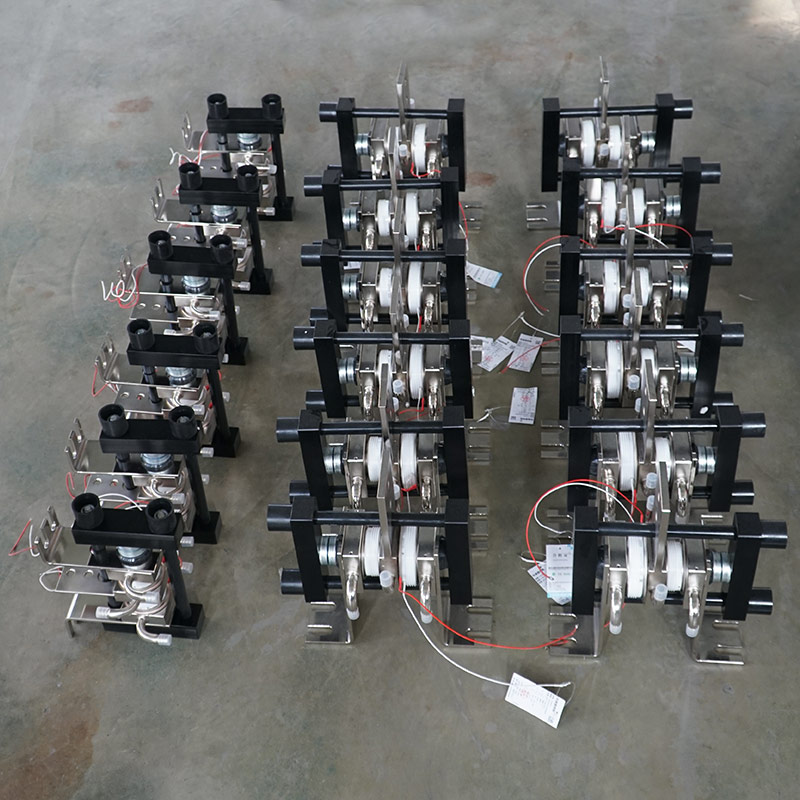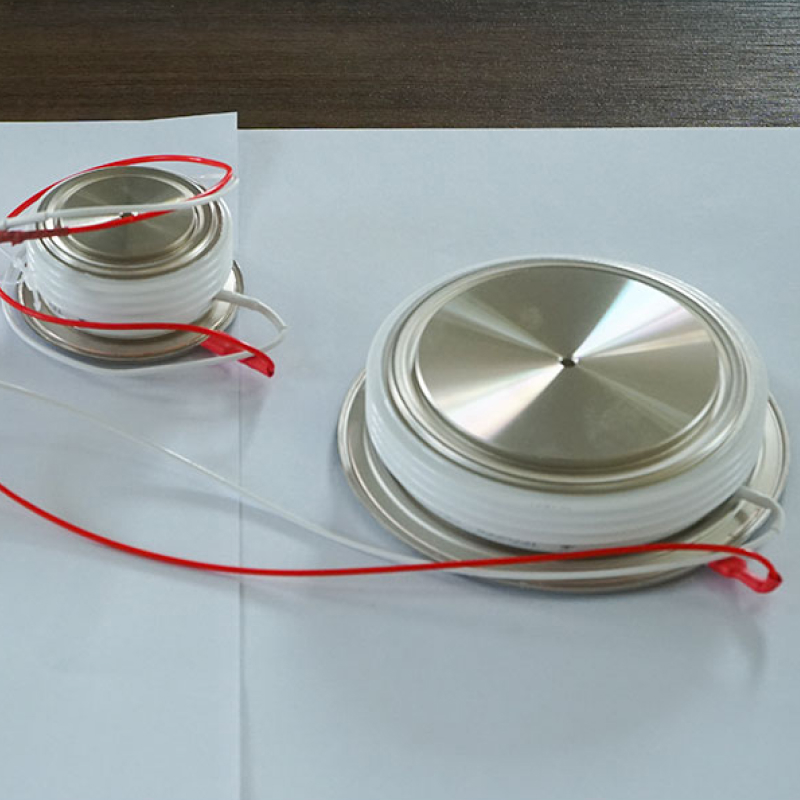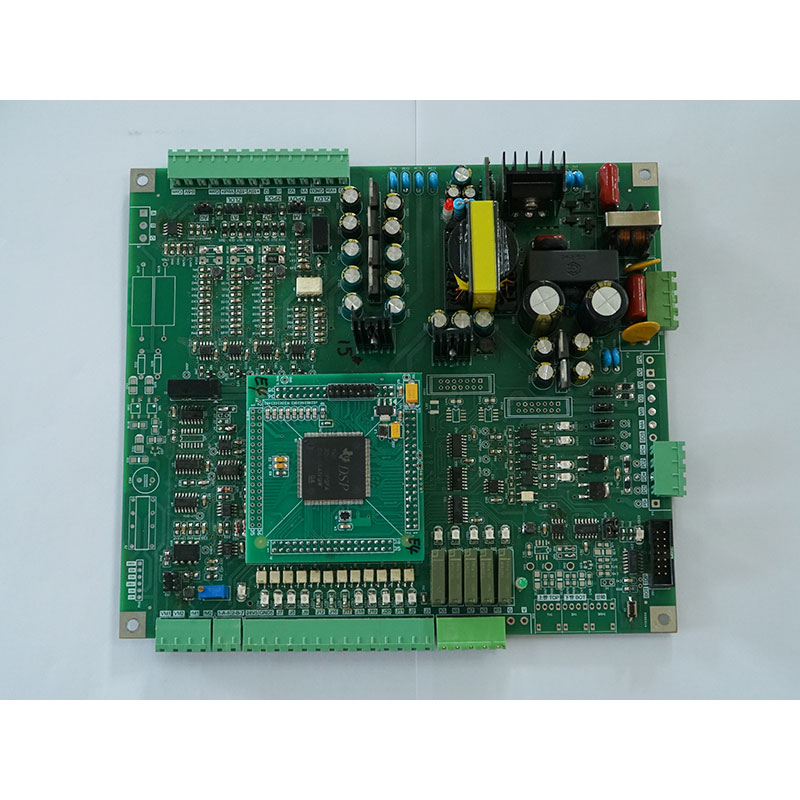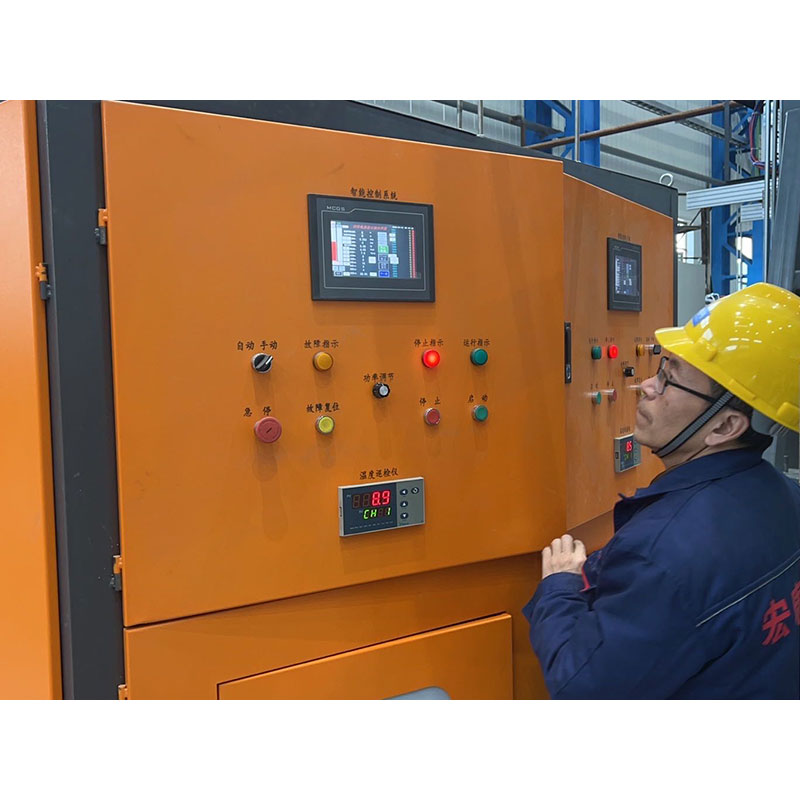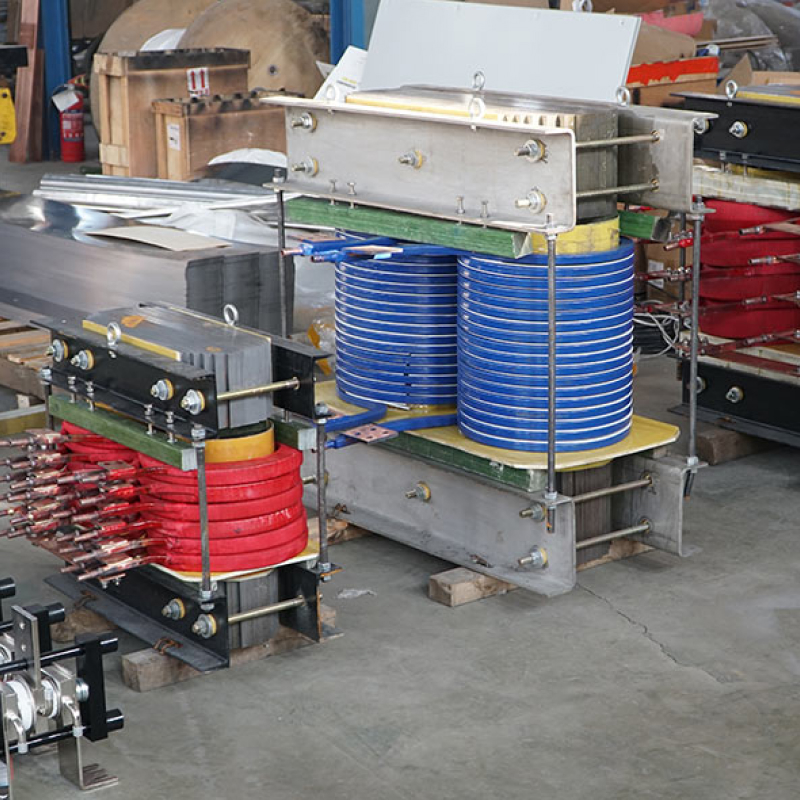Complete Set Of Thyristors
A complete set of thyristors refers to a collection of thyristor devices that are typically used together in electrical power control applications. Thyristors, also known as silicon-controlled rectifiers (SCRs), are semiconductor devices that can switch high currents on and off in response to a control signal. When grouped together in a set, thyristors can form various types of power electronic circuits, allowing for efficient control of electrical power in industrial, commercial, and residential applications.
The set of thyristors may include different types and ratings of thyristor devices, depending on the specific requirements of the application. Some common types of thyristors that may be included in a complete set are:
-
Standard Thyristors: These are basic thyristor devices that can handle moderate currents and voltages. They are commonly used in simple power control applications such as motor drives, lighting control, and heating systems.
-
High-Power Thyristors: These thyristors are designed to handle high currents and voltages, making them suitable for applications such as power transmission and distribution, electric vehicle charging, and industrial machinery.
-
Fast-Switching Thyristors: These thyristors have a shorter turn-on and turn-off time compared to standard thyristors, making them suitable for high-frequency switching applications such as pulse-width modulation (PWM) control and power electronics inverters.
-
Gate Turn-Off Thyristors (GTOs): GTOs are a special type of thyristor that can be turned off by applying a negative gate voltage. They are used in applications where fast turn-off times and precise control of power flow are required, such as in high-voltage direct current (HVDC) transmission systems and motor drives.
-
Integrated Gate-Commutated Thyristors (IGCTs): IGCTs combine the advantages of thyristors and insulated gate bipolar transistors (IGBTs) to provide high-power switching capabilities with fast turn-off times and low conduction losses. They are used in high-power applications such as traction drives, wind turbines, and grid-connected inverters.
- INTRODUCTION
Application
Thyristors are versatile semiconductor devices with numerous applications across various industries. Some common applications of thyristors include:
-
Power Control: Thyristors are extensively used for controlling electrical power in a wide range of applications. They are commonly employed in motor drives, heating systems, lighting control, and voltage regulation circuits to efficiently control the flow of electric current.
-
AC and DC Power Supplies: Thyristors are integral components in AC and DC power supply circuits, where they are used for rectification, voltage regulation, and power factor correction. They help convert AC power to DC power efficiently and stabilize the output voltage.
-
Motor Control: Thyristors play a vital role in motor control applications, including variable speed drives, soft starters, and motor braking systems. They provide precise control over the speed, torque, and direction of electric motors, enhancing efficiency and performance.
-
HVAC Systems: Thyristors are used in heating, ventilation, and air conditioning (HVAC) systems for temperature control, fan speed modulation, and energy management. They help optimize energy consumption and improve the overall efficiency of HVAC systems.

